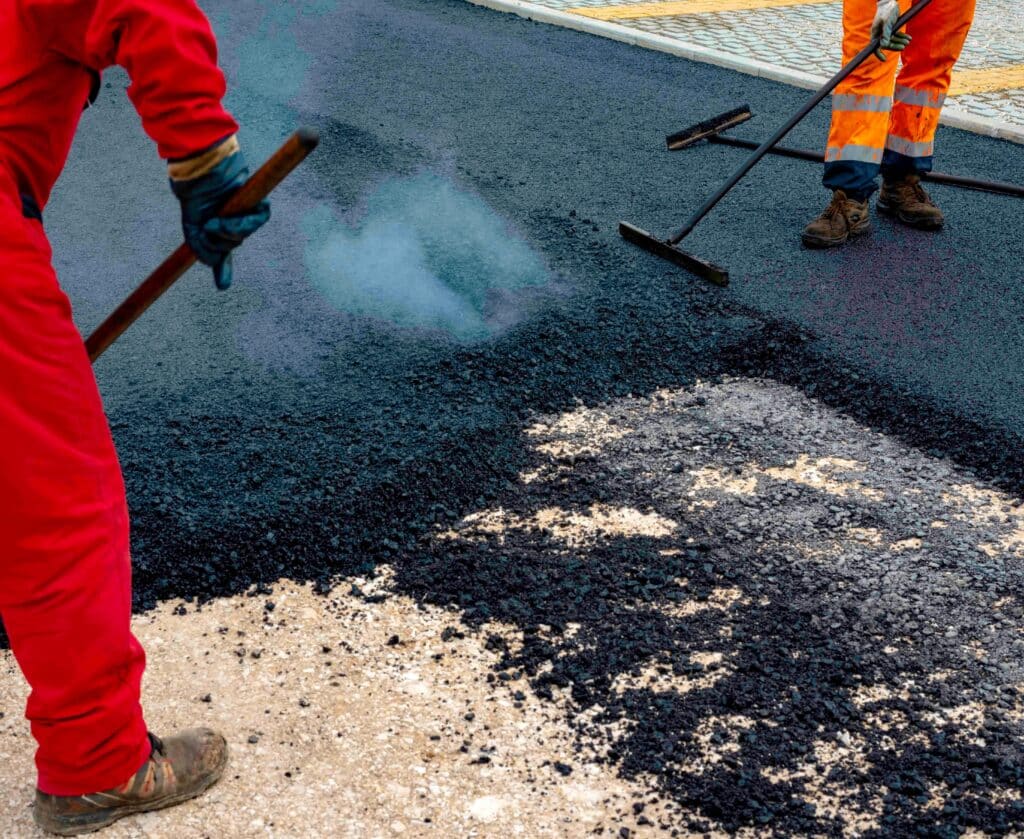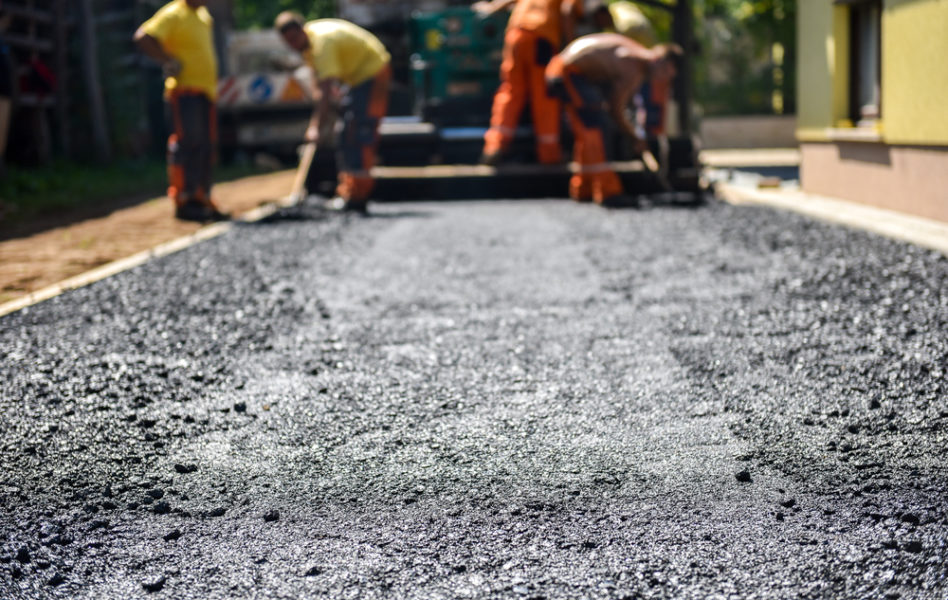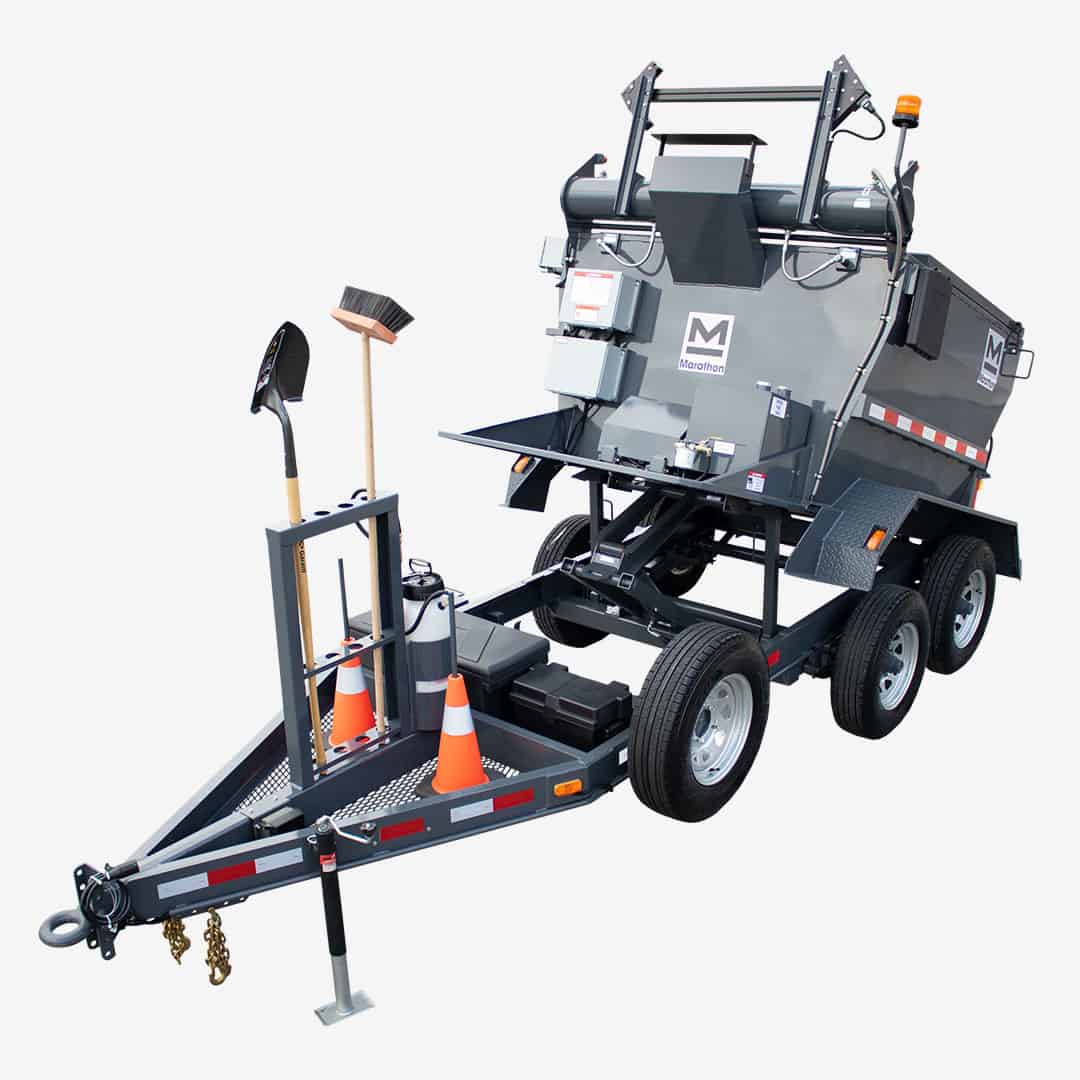Change Your Home's Landscape with Hot Mix Asphalt Paving Excellence
Change Your Home's Landscape with Hot Mix Asphalt Paving Excellence
Blog Article
Opening the Keys of Warm Mix Asphalt Technology
Exploring the depths of hot mix asphalt innovation discovers a world where careful procedures and exact formulas assemble to shape our roads and infrastructure. The fusion of fillers, accumulations, and binders isn't simply a building task yet a critical orchestration of durability and efficiency. As we peer right into the complex dancing of parts, a tapestry of durability and sustainability unfolds. However what lies below this surface of asphaltic proficiency, and what keys wait to be revealed in the realm of leading developments?
Significance of Hot Mix Asphalt
Hot Mix Asphalt plays a crucial function in modern framework growth due to its longevity and cost-effectiveness. As the most commonly made use of paving product for roadways, highways, and car park, Warm Mix Asphalt uses a variety of benefits that add to its significance in building and construction projects. One crucial benefit is its ability to stand up to heavy web traffic lots and harsh weather condition problems, providing a resilient and reliable surface for transportation networks. In Addition, Warm Mix Asphalt is cost-effective in both preliminary building and construction and long-term maintenance, making it a favored option for several infrastructure projects.
The longevity of Warm Mix Asphalt stems from its composition, which consists of accumulations, binder, and filler materials that are carefully picked and mixed to meet particular performance needs. Generally, the value of Hot Mix Asphalt in framework development can not be downplayed, as it continues to be a foundation of modern building practices.
Parts of Asphalt Mixes
The composition of asphalt blends is composed of thoroughly chosen accumulations, binder, and filler materials that are critical for achieving certain performance needs. Aggregates are the key element of asphalt blends, offering toughness and security. These aggregates can be natural, such as crushed rock or crushed stone, or artificial, like recycled materials from old pavements. The binder, commonly bitumen or asphalt concrete, holds the accumulations together and offers adaptability and resilience to the mix. The choice of the binder is crucial as it directly affects the mix's efficiency in different weather. Fillers, such as hydrated lime or Portland cement, are utilized to enhance the mix's workability and aging resistance. Angled Parking.
The mix and percentage of these elements play a substantial duty in determining the high quality and performance of the asphalt mix. Designers carefully design the mix to meet particular needs, considering factors like web traffic volume, climate conditions, and pavement life expectancy. Correct option and harmonizing of accumulations, binder, and fillers are important for creating durable, long-lasting asphalt pavements.
Mixing and Production Techniques

As soon as the accumulations are picked, the binder, usually asphalt concrete, is included to bind the products with each other. The binder's top quality and quantity dramatically influence the mix's versatility, resistance, and stamina to ecological variables. In addition, fillers like hydrated lime or Portland concrete might be integrated to enhance specific attributes of the asphalt mix, such as its workability or wetness resistance.
During manufacturing, the aggregates and binder are heated up, usually in between 250-325 ° F(121-163 ° C ), to assist in mixing and ensure correct layer of the accumulations. The mixing procedure has to be comprehensive to achieve an uniform blend that promotes the wanted efficiency characteristics of the asphalt. Numerous methods, such as batch blending or drum mixing, are used to accomplish high-grade and constant asphalt mixes for building and construction projects.
Variables Impacting Asphalt Performance
Variables influencing asphalt performance incorporate an array of variables that impact the resilience, longevity, and overall top quality of asphalt sidewalks. One key aspect is the high quality of products made use of in the asphalt mix.

Environmental problems also affect asphalt performance. Temperature level variants, dampness seepage, and website traffic lots can all influence the architectural integrity of the sidewalk. Design considerations, such as pavement thickness and water drainage, are crucial in making sure the long-term efficiency of the asphalt sidewalk. By meticulously taking into consideration these variables, designers and contractors can maximize asphalt performance and boost the life span of sidewalks.
Lasting Practices in Asphalt Modern Technology

Additionally, the development of warm-mix asphalt (WMA) innovations has acquired grip in recent times. WMA enables the manufacturing and placement of asphalt mixes at reduced temperatures compared to traditional hot-mix asphalt, resulting in reduced power intake and greenhouse gas exhausts. The usage of porous asphalt blends can help alleviate stormwater drainage problems by permitting water to penetrate via the sidewalk and right into the ground, promoting all-natural water filtering and recharge procedures. By executing these lasting methods, the asphalt sector can add to developing an extra eco-friendly and resistant facilities network.
Final Thought
In final thought, hot mix asphalt modern technology plays an important role in modern infrastructure development as a result of its durability and cost-effectiveness. By thoroughly stabilizing elements, using appropriate blending techniques, and taking into consideration various variables, designers click to investigate can develop top you could try this out notch asphalt blends that endure rush hour tons and rough climate condition. Accepting sustainable methods, such as using warm-mix innovations and recycled materials, even more boosts the ecological friendliness of asphalt innovation.
Blending and production strategies in hot mix asphalt innovation include the specific combination and handling of aggregates, binder, and fillers to create a high-performance and resilient asphalt mix.Factors affecting asphalt efficiency incorporate an array of variables that impact the resilience, long life, and general quality of asphalt sidewalks. Lasting practices in asphalt modern technology include various campaigns aimed at reducing the ecological impact of asphalt manufacturing and paving processes. By including recovered asphalt pavement (RAP) and recycled asphalt roof shingles (RAS) into brand-new asphalt mixes, the market can considerably lower the usage of raw products and energy, while additionally reducing land fill waste.
WMA enables for the manufacturing and placement of asphalt blends at reduced temperatures compared to conventional hot-mix asphalt, resulting in decreased energy intake and greenhouse gas discharges.
Report this page